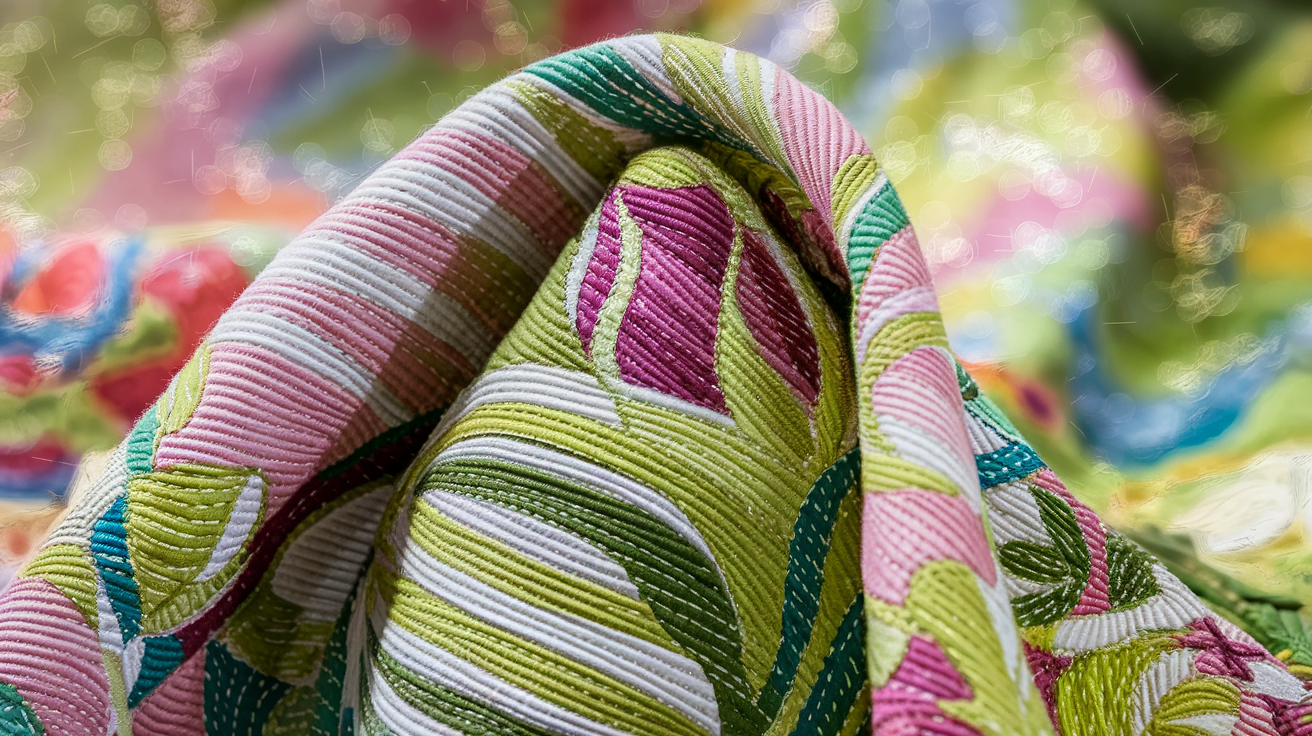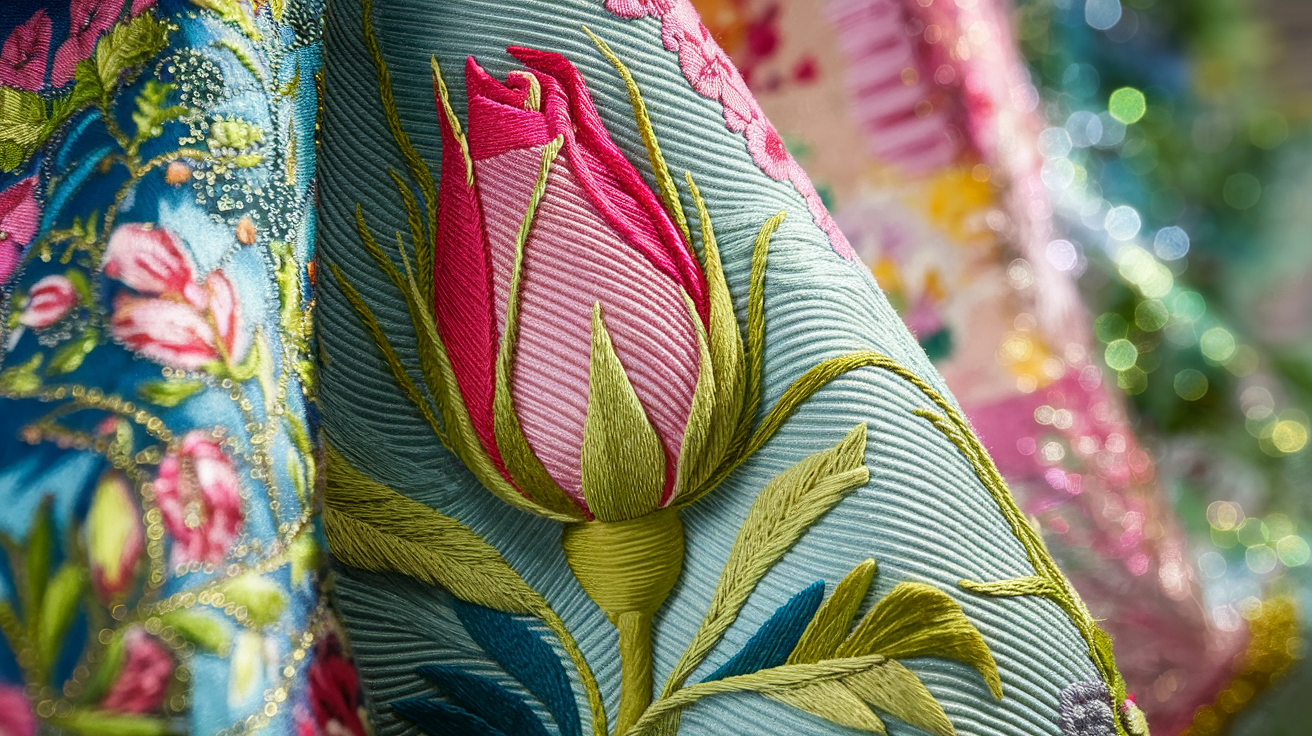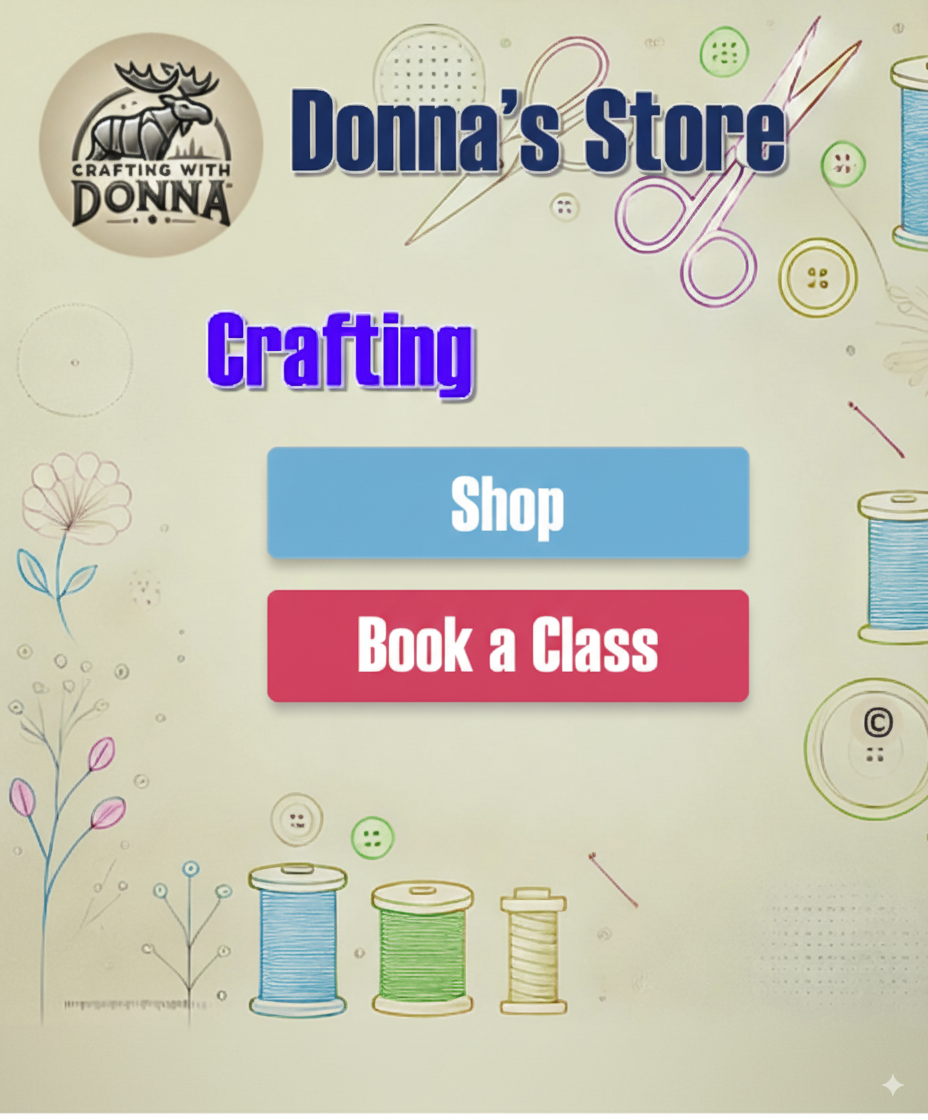Gardening Quilt Block Pattern Stepbystep Guide

Bring a pocket garden to life in fabric with a crisp watering can, tidy tools, and lively leaf sprigs stitched with confidence. Foundation paper piecing keeps lines razor-sharp, guiding confident beginners and inspiring experienced quilters through each step.
This gardening quilt block prints as full-size quilting templates with labeled diagrams, color maps, and planning pages to reduce guesswork and fabric waste.
Watering can FPP creates a bold silhouette and high contrast for graphic impact in any quilting project.
Finished size is 12 (scale printing for minis), and optional embellishments—like water droplets—add personality before you glide into the Etsy designer’s crisp garden motif.
Etsy Designer’s Crisp Garden Motif
Independent seller aesthetics favor clean lines and standout silhouettes, so fabric choices should serve the motif first. Fabric selection works best with solid cottons for the watering can and low-volume prints for background depth without distraction.
Seasonal palettes shine: try a spring palette of mint, petal pink, butter, and sky, or a summer palette with leaf, marigold, tomato red, and azure. Pattern placement matters—audition stripes or gingham on a coloring page to align the curved spout and handle for crisp shapes.
Quilting templates help plan high contrast, ensuring the bold silhouette delivers true graphic impact.
Mastering Foundation Paper Piecing for a Flawless Garden Quilt
Dive into the world of foundation paper piecing with this engaging gardening quilt block.
The detailed assembly guide is perfect for learning FPP techniques.
Detailed planning pages and color maps are included, assisting with fabric selection and overall project workflow. This pattern is a fantastic beginnerfriendly way to achieve those desired crisp shapes that define a beautiful botanical motif.
The included quilting templates ensure accuracy for every cut and stitch.
Designing Around the Watering Can Centerpiece
The heart of this design is the iconic watering can FPP, serving as a stunning centerpiece design. Explore block variations and consider optional addons such as a delicate leaf sprig, a cheerful flower stem, or a charming seed packet to create a layered vignette.
This standalone block can be the star of a quilt or a delightful addition to a larger themed sampler.
The bold silhouette of the watering can, with its distinctive curved spout, offers striking high contrast for a memorable graphic impact.
The modular layout also allows for creative combinations with other garden-themed blocks.
Fabric Choices for a Vibrant Garden Aesthetic
Achieving a vibrant garden aesthetic starts with thoughtful fabric choices. For the main watering can motif, select solid cottons or near-solids to highlight the precision of the FPP techniques and emphasize the shape.
Consider low-volume prints, such as tiny dots, subtle text, or tone-on-tone designs, for the background to add depth without competing with the main design. For accents, small-scale florals, seed prints, or classic gingham can provide that pop of contrast for features like the spout or handle.
Metallic accents or shot cottons can also add a touch of shimmer if you’re incorporating metallic tools into your design.
Seasonal Palettes for Year-Round Appeal
This pattern truly shines with its ability to adapt to different times of the year through seasonal palettes.
Embrace a fresh spring palette with soft hues like mint, petal pink, butter, and sky blue.
Highlight the warmth of summer with a palette of leaf green, marigold yellow, tomato red, and azure.
Transition to autumn with rich shades of moss, rust, ochre, and chestnut.
Create a winter greenhouse feel using eucalyptus, slate, snow white, and deep evergreen.
The scrappy option is also wonderfully viable, allowing you to mix various shades of green for the watering can while using a unified background to maintain cohesion.
This approach ensures your coordinated garden quilt feels both personal and seasonally appropriate.
Step-by-Step Assembly Guide for Crisp Shapes
Follow this detailed assembly guide to create perfect crisp shapes with your gardening quilt. We begin with preparing the pattern: print templates at 100% and verify the accuracy of the test square.
Next, cut apart sections (A, B, C, etc. ) as indicated. To streamline your process, starch fabrics and precut rectangles for each section.
Place fabric one (right side out) on the back of Section A, covering Piece A1, and secure with pins.
Align fabric two right sides together with fabric one, ensuring it covers A2 with at least a 1/4 seam allowance.
Shorten your stitch length to 3–6 mm; this is key for ease paper removal. Sew on the printed line, press open, and trim seams to 1/4.
Repeat this add-a-piece method for all subsequent pieces within a section. Continue this process for all sections (B, C, D, etc. ), meticulously following your chosen color map and labels for the can body, handle, and spout details.
Precision is paramount when working with FPP techniques.
Joining Units and Finishing the Block
Once all sections are pieced, it’s time to join units.
First, trim seams of each section to the outer line; you may remove paper only from the seams that will be joined if there is significant bulk.
Join sections in the specified order, such as.

What is Foundation Paper Piecing?
Embarking on a gardening quilt block, this method transforms intricate angles into reliable outcomes for any design. Foundation paper piecing (FPP) involves sewing fabric directly onto a printed paper template, complete with numbered sections and seam lines, then carefully tearing the paper away post-stitching to reveal crisp shapes and perfectly aligned points.
FPP techniques often employ lightweight specialty papers, standard printer paper, or even newsprint, all chosen for their ease of perforation and clean removal.
The quilting templates serve as placement guides, directing you to sew precisely on the printed line.
You then press open and trim seams as you progress through the steps. A beautiful botanical motif, such as a watering can with a curved spout, greatly benefits from this precision, effectively reducing guesswork and minimizing fabric waste for both confident beginners and experienced quilters.
The Core Concept of FPP for Beginners
Foundation paper piecing is a quilting technique that allows for the creation of sharp, precise piecing, especially useful for complex designs and graphic impacts.
Many quilters find this approach a fantastic way to achieve accuracy, making it especially beginnerfriendly. The process inherently reduces fabric waste by using paper templates to guide sewing.
This method is perfect for creating detailed patterns, like those found in a botanical motif or a distinctive watering can FPP design.
The structured nature of FPP ensures that even intricate details are manageable.
Types of Paper Suitable for FPP
The choice of paper significantly influences the ease and success of your foundation paper piecing project.
Lightweight specialty papers are designed for optimal tear-away qualities, ensuring clean removal without damaging the delicate stitching. Standard printer paper often serves as a reliable alternative, readily available and generally easy to perforate.
Newsprint can also be used, offering a very thin and easily removable option, though some find it less durable during the piecing process. The key is selecting paper that perforates well along the stitch lines, allowing for neat seam removal and perfectly formed shapes, essential for any detailed quilting project.
Benefits of FPP for Intricate Designs
Foundation paper piecing excels when it comes to executing intricate designs, transforming what might otherwise be daunting into an achievable goal.
For a detailed botanical motif, this technique ensures that each petal, leaf, or stem is precisely placed and stitched, contributing to a high-contrast, graphic impact.
By providing clear stitch lines and numbered sections, FPP significantly reduces guesswork.
It helps manage fabric waste effectively, as you only use the fabric needed for each specific section of the pattern. This precision makes complex patterns, like those for a watering can quilt, accessible even to those new to quilting.
Fabric Selection for Botanical Motif
To transition smoothly from precise piecing to visually striking results, begin by selecting fabrics that support sharp seams and clean silhouettes.
The initial stage of fabric selection involves considering fabric weight and weave. Tightly woven quilting cottons are preferred as they resist distortion, press flat beautifully, and help keep points tidy, whereas looser or bulkier substrates can add unwanted thickness at seam intersections.
Lowvolume prints serve as excellent backgrounds, framing the main motif without creating visual distraction, allowing the design’s details to stand out.
For the watering can’s bold silhouette, solid cottons or near-solids are perfect for emphasizing edges and the spout’s form, enhancing the overall graphic impact.
Accents such as smallscale florals, gingham, or seed prints can introduce subtle texture to elements like leaves and stems. Lightly starch fabrics before cutting to stabilize any bias edges, improve sewing accuracy, and maintain the crispness of your garden motif throughout the assembly process.
Importance of Fabric Weight and Weave
The weight and weave of your fabric play a significant role in the success of your foundation paper piecing.
Tightly woven quilting cottons are ideal for achieving sharp points and clean seams, which are essential for a detailed botanical motif. A fabric with a good weight and stable weave will resist stretching, especially along bias edges, ensuring that your pieced units maintain their intended shape and size.
Conversely, very lightweight or loosely woven fabrics can be more prone to distortion during sewing and pressing, potentially compromising the crispness of your shapes and the overall accuracy of your quilting project.
Fabric Types for a Botanical Feel
Selecting the right fabric types can bring your botanical motif to life, evoking the natural beauty of a garden.
For the main elements, consider solids or near-solids in earthy tones or vibrant greens to represent leaves and stems.
Lowvolume prints, such as tiny dots, subtle textures, or tone-on-tone patterns, work wonderfully as backgrounds, adding depth without competing with the main design. Small-scale floral prints, gingham, or even prints featuring seeds can be used for accent details, like the spout or handle of a watering can, or for added texture in a flower stem.
These choices help create a visually rich and cohesive look for your gardening quilt block.
Linking Fabric Texture to Crispness
The texture of your chosen fabrics directly influences the crispness of your final botanical motif. Fabrics that are smoother and have a tighter weave tend to produce sharper points and cleaner lines, which are hallmarks of well-executed foundation paper piecing.
When you starch fabrics, you further enhance this crispness by adding stability to the fibers, making them easier to handle during the precise sewing required for FPP.
This attention to fabric texture ensures that the defined edges and geometric shapes characteristic of a detailed pattern, like a watering can FPP design, are prominent and well-defined in your finished block.
- Foundation Paper Piecing (FPP) involves sewing fabric onto a printed paper template with numbered sections and seam lines, then tearing the paper away to reveal crisp shapes.
- Lightweight specialty papers, standard printer paper, or newsprint can be used for FPP, chosen for their ease of perforation and clean removal.
- FPP techniques are beneficial for intricate designs like botanical motifs or watering can patterns, reducing guesswork and minimizing fabric waste.
- Tightly woven quilting cottons are preferred for FPP projects as they resist distortion, press flat, and help maintain crisp points and clean seams.
Certainly, I will refine the content following your instructions.
How to Use Quilting Templates?
Quilting templates simplify the creation of consistent shapes for a gardening quilt block, allowing for repeatable, uniform pieces that form motifs such as a curved-spout watering can and leaf sprig, ultimately ensuring a cohesive, crisp garden motif.
- Quilting templates standardize shapes, meaning every spout, petal, and handle matches across blocks, which boosts accuracy and accelerates the process for beginner quilting projects.
- Foundation paper piecing benefits greatly from verified test squares; print at 100%, then cut apart sections and label them to streamline the entire placement process.
- Addaquarter ruler users can trace with a fine pen on template plastic, meticulously align the fabric grain, and then cut with a rotary cutter, successfully preserving true curves and angles.
- Press open seams after stitching on the printed line; ensuring sharp blades and stable, starched fabric prevents distortion for achieving crisp shapes within the captivating botanical motif.
Assembly guide transition: precisely cut, consistent pieces make the subsequent join-and-press steps feel effortless, locking in those impeccably clean watering can edges for your quilting project.
Assembly Guide for Crisp Shapes
FPP techniques truly shine during this phase: join trimmed sections in the specified order (A to B, then AB to C), carefully aligning seam allowances and registration points to achieve a flat, accurate block.
- Nest seams wherever possible; this practice reduces bulk and allows for a shorter stitch length. Remove paper only from specific seams to be joined to ease alignment procedures.
- Selective pressing is key to keeping units flat—press seams open within sections, then to one side at joins for added strength; setting these with a clapper ensures lasting crispness.
- Trim seams using an addaquarter ruler before each subsequent join; square the block to the precise 5 unfinished measurement to hit the intended finished size.
- Finish block by carefully removing any remaining papers, dry pressing to avoid unintended stretch, and stay-stitching the edges if storing, which is truly ideal for a polished quilting project.
- Quilting templates ensure repeatable, uniform pieces for cohesive garden motifs, like watering cans and leaf sprigs.
- Foundation paper piecing benefits from printing at 100% and labeling sections for streamlined placement.
- Using an Addaquarter ruler allows for precise tracing, fabric grain alignment, and cutting with a rotary cutter to preserve curves and angles.
- Pressing seams open after stitching on the printed line, combined with sharp blades and starched fabric, prevents distortion and achieves crisp shapes.
Can I make block variations?
Foundation paper piecing offers remarkable flexibility for personalizing your gardening quilt block, enhancing both creative quilting and graphic impact. Utilize scale printing with quilting templates to easily adjust the finished size, creating 6 or 10 mini quilts from the standard 12 block, perfect for standalone pieces or accents on a pillow front.
The modular layout allows for swapping motifs; replace the characteristic watering can FPP with garden critters or tools from related sets to craft a unique themed sampler.
Simple embellishments, such as an embroidered flower stem or a delicate leaf sprig, introduce lovely texture.
Experimenting with orientation and seasonal palettes, from vibrant summer hues to tranquil autumn tones, can dramatically alter the mood while maintaining the integrity of your quilting templates.
beginner-friendly quilting project tips
Embarking on this botanical motif with FPP techniques means enjoying quick wins and manageable successes as you develop your skills. Starting with manageable sizes is key; consider creating a single 12 standalone block, a charming pillow front, or a decorative tote panel before committing to a larger row quilt.
For achieving those sought-after crisp shapes, employ a reliable addaquarter ruler, set your stitch length to a shorter 3–6 mm, use fine pins, and employ starch for fabric stability. Visual planning tools, such as the included coloring page, significantly reduce guesswork in the fabric selection process.
If you encounter moments of frustration, take a brief pause; confident beginners often find their skills accelerate rapidly with practice, making the completion of even one precise block a truly rewarding aspect of your quilting project.
- Foundation paper piecing (FPP) allows for personalization of gardening quilt blocks by adjusting finished size using scale printing with quilting templates, enabling the creation of 6 or 10 mini quilts from a standard 12 block.
- The modular layout of FPP blocks permits swapping motifs, such as replacing a watering can with garden critters or tools, to create unique themed samplers.
- For crisp shapes in FPP, it’s recommended to use a quarter ruler, set stitch length to 3–6 mm, use fine pins, and employ starch for fabric stability.
- Beginners are advised to start with manageable sizes like a single 12 block, a pillow front, or a tote panel before undertaking larger projects like a row quilt.
How to Add Embellishments and Optional Add-ons
Elevate your gardening quilt by incorporating tactile details; these optional elements add depth and personality, truly bringing your botanical motif to life. Consider adding simple, durable embellishments that complement the garden theme, enhancing your watering can quilt.
Embellishment Techniques
Embellishments like beads, buttons, ribbons, and trims introduce wonderful texture.
For a touch of sparkle on your gardening quilt, place tiny seed beads as subtle water droplets near the watering can’s curved spout, or use narrow rickrack to create a delicate leaf sprig stem, achieving crisp shapes for your quilting project.
Appliqué techniques offer another layer of interest.
Raw-edge or turned-edge appliqué works beautifully for elements like a seed packet or a decorative flower stem; fuse these pieces first, then secure them with topstitching.
Utilizing decorative stitches for these high-wear areas on a pillow front or tote panel ensures longevity for your quilting project.
Embroidery accents can personalize your creation. Consider backstitching herb names directly onto the fabric, adding running-stitch water droplets, or outlining the watering can FPP silhouette with coordinating perle cotton.
It’s often best to embroider after the main quilting is complete to maintain visible lines and even thread tension for your independent seller’s design.
Incorporating Optional Add-ons
Integrate a mini seed packet, a thoughtfully arranged layered vignette of flowers, or a simple label band to further personalize your piece. Utilize the provided coloring page or detailed planning pages to effectively reduce guesswork and minimize potential fabric waste, ensuring a smoother project workflow.
These additions can transform a standalone block into a more complex design.
For instance, a seed packet can be attached with a simple zigzag stitch, or a collection of fabric flowers can be layered for a dimensional effect.
Test palettes on the coloring page before committing fabric for your textile art.
Finishing Touches for Your Quilting Project
Selecting the right binding is essential to beautifully frame your centerpiece design.
Consider quilting echoes around the watering can for a soft outline, a dense diagonal crosshatch for enhanced durability, or a wavy pattern to visually suggest flowing water, all contributing to a cohesive and attractive gardening quilt.
- Binding: Choose a binding color that complements your fabric selection and overall color palette. Double-fold binding is a stable and common choice.
- Quilting Patterns: Echo the shape of the watering can, use a grid pattern for a structured garden feel, or free-motion quilt small droplets near the spout. Selective pressing techniques are key here for crisp results.
- Thread Choices: Use cotton or cotton-blend threads for quilting. Consider variegated threads for added visual interest, especially for floral motifs or background fills.
Remember to use a shorter stitch length when working with foundation paper piecing to make paper removal easier. For sharp points and crisp shapes, starching your fabrics before cutting is highly recommended, especially for smaller pieces in your quilting templates. This also helps with accurate cutting of precut rectangles.
Add-a-piece techniques and nesting seams are efficient methods for joining units. When joining sections, ensure that the trimmed edges align accurately. Proper pressing, using a clapper if available, will help set seams and create a flat, professional finish for your quilt blocks.
Consider adding embroidery accents like small French knots for flower centers or simple backstitches to define leaf veins. Even light fabric painting or colored pencils can add highlights to metal elements like the watering can spout or garden tools, enhancing the graphic impact of your design. These small details contribute significantly to the piece’s charm for crafting ideas.
The bold silhouette of the watering can, especially with its curved spout, offers a striking visual. Using high contrast in your fabric choices for the can and its handle will ensure this graphic impact is maximized
| Embellishment Technique | Application Example | Resulting Effect |
|---|---|---|
| Beads | Tiny seed beads near watering can spout | Subtle water droplets, adds sparkle |
| Ribbons/Trims | Narrow rickrack for leaf sprig stem | Delicate detail, crisp shapes |
| Appliqué | Raw-edge or turned-edge for seed packet/flower stem | Adds another layer of interest, dimensional effect |
| Embroidery | Backstitching herb names, running stitch water droplets | Personalizes creation, defines details |




